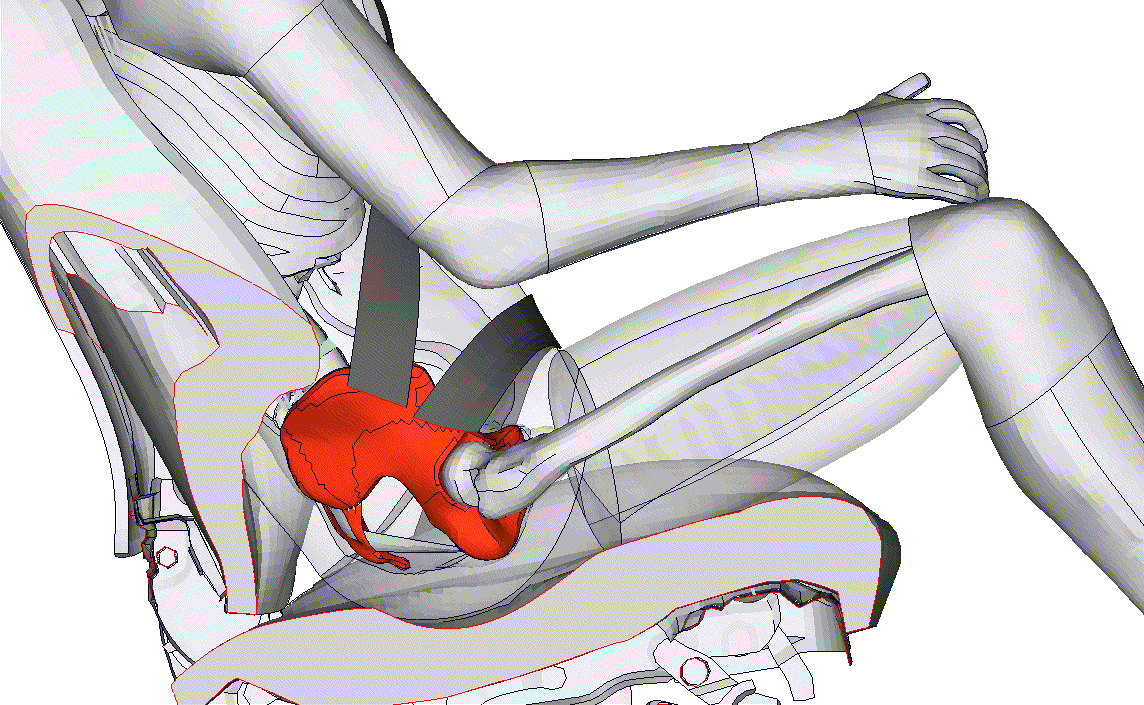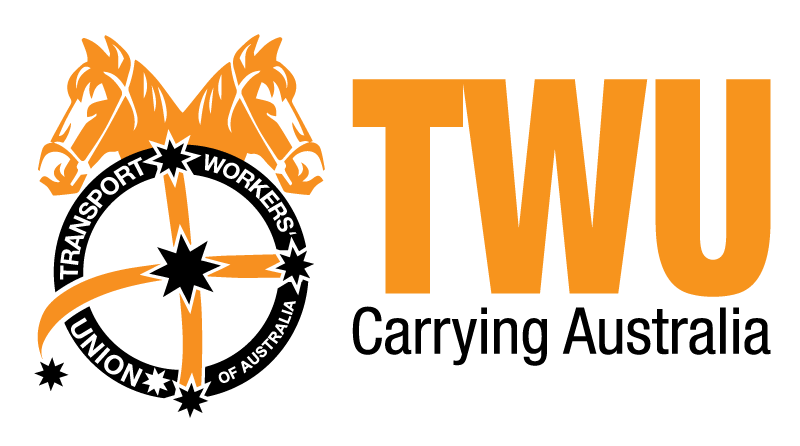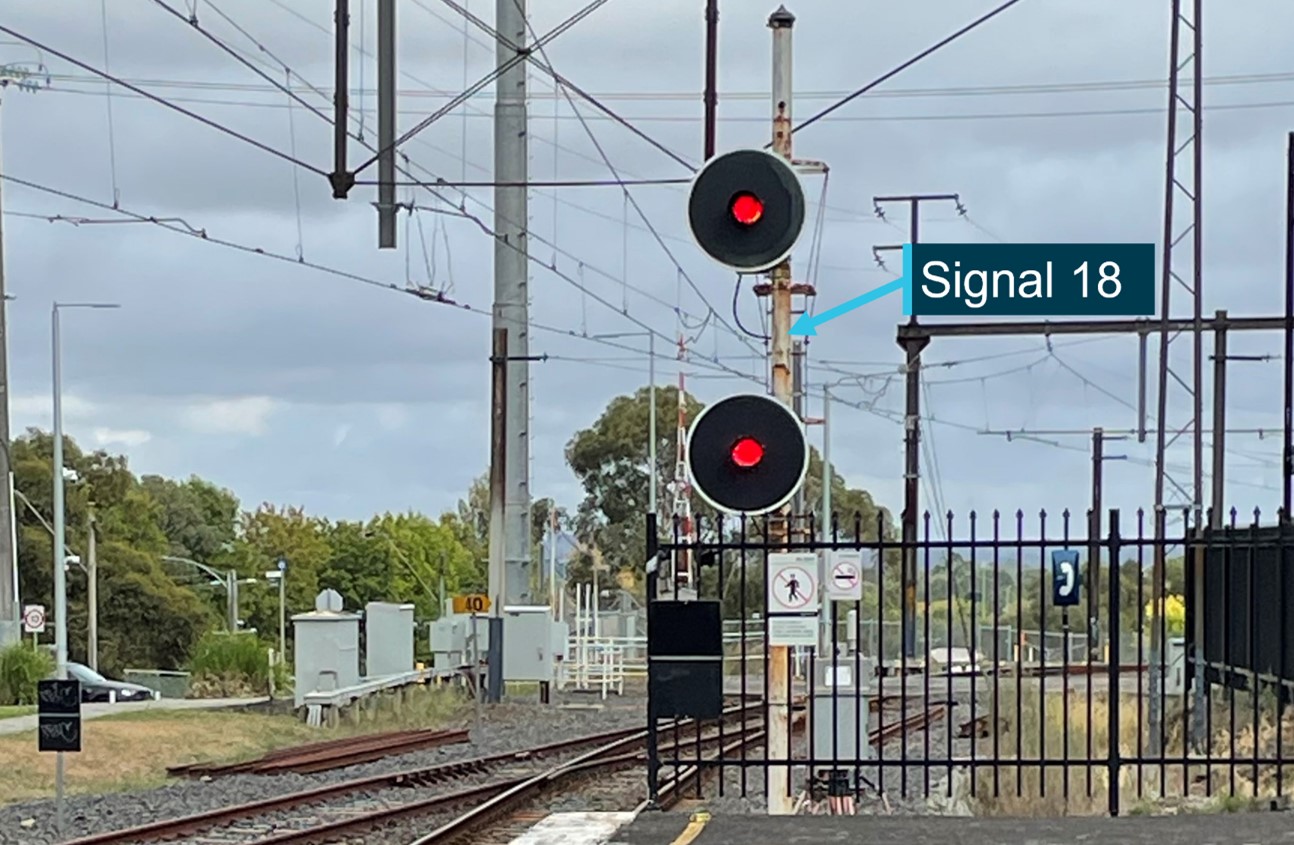By Mayor Bruce Harwood
Stronger, Together is a program of fast, high-capacity, high-frequency electrified commuter rail
between Melbourne and the regional cities of Geelong, Ballarat, Bendigo,
Shepparton and Latrobe, as well as many interim towns, largely designed to
complement the Melbourne Airport Rail link, with which much of the program
shares common infrastructure.
The context is simple: booming Melbourne now represents
around twenty per cent of the
national economy and thirty per cent of national growth, yet its liveability and access to opportunity is under
challenge, notably in its far outer suburbs. Yet while this has happened, regional Victoria has remained the
lowest-growth economy in the nation for over a decade.
How can these two things co-exist in such a relatively
small, prosperous state?
Despite serious and much-appreciated investment effort from
successive governments, Geelong is getting further away from Melbourne and more
challenging in commuting terms, rather than closer and easier, due to rapid
population growth, an increasingly overloaded passenger rail service and a
congested freeway.
Keeping our beautiful
city and region liveable is a losing battle under these circumstances. Many other wonderful regional cities are
facing similar challenges.
Status quo approaches won’t save us.
We wanted to see whether fast, high-frequency, French-style
regional rail could solve both problems in one commercially, economically and environmentally-productive
program.
In 2017 we decided to commission modest work on this issue. We brought in local and even international technical
and strategic advisers who were willing to design a smart fast regional rail
vision for almost no money – and with no certainty about where it would lead.
Is this entirely local government’s role? Perhaps not, but our councillors
voted eleven to nil in favour of trying…
We reached out to others – Ballarat, Bendigo, Shepparton,
Latrobe. The shared passion was clear.
After much work, the potential can be considered in Stronger, Together: it finds around a
million people can be induced mostly out of Melbourne’s population by 2050 by
making nearby regional Victoria an attractive and reliable commuting and living
proposition, with daily high-capacity, high-frequency fast regional transit
times equating to daily commuting times across many middle ring suburbs in Melbourne.
2.7 million regional Victorians would gain access to fast capital connections
by 2050.
On the evidence of eminent economists Professor John Stanley and Dr
Peter Brain, this saves Melbourne around $800 million per year of congestion costs.
For somebody living in Geelong or Ballarat, fast rail would
save them seven full working weeks every year, which is what they would
otherwise have to spend in their car travelling to and from work.
We are extremely grateful that the Andrews Government has
committed to plan for fast rail to both Geelong and Ballarat and is doing
essential suburban line duplication work to speed-up regional trains, while the
Morrison government has committed major funds to actually build Geelong fast
rail. We hope our report will broaden thinking and accelerate action.
Is it technically achievable? Insights from some eminent
Victorian rail specialists have informed a practical design.
Is it affordable? A professional preliminary business case
has been built in parallel with our report. That is for governments to consider
as they wish, but it suggests much of the vision could be built in parallel
with Melbourne Airport Rail Link. This
means fast regional rail may not have to wait for another decade.
The same business case suggests major outcomes
could be affordable within currently-agreed State and Commonwealth government
funding commitments.
We don’t pretend
to have all the answers, but we have tried to reimagine how Victoria could take
shape with the right project – a much bigger single labour market of opportunity
around Melbourne. International case
studies help us imagine possibilities.
Whatever happens, our community wants to have more agency over
major infrastructure – what is built, when, how much it will cost, how much
communities might be willing to pay for the right outcomes, what protections
there are from price gouging, what planning and funding will be in place to
prevent fast rail cities suffering the blight of sprawl and overdevelopment.
We are confident regional Victoria is ready for that debate. We hope Melbourne and Canberra will be too.
Councillor
Bruce Harwood is
the Mayor of the City of Greater Geelong, which was recently designated a
UNESCO Global City of Design.








